1 View
2013 Lincoln MKS Breaks Cover: 2011 LA Auto Show
by
Huw Evans
(IC: employee)
Published: November 17th, 2011
Share
We’ve been hearing a lot about Lincoln lately. Ford Motor Company has been pouring lots of money and effort in an attempt to revitalize the storied brand. 7 new or significantly updated models are coming in the next three years and in terms of design, Lincoln is on its way to becoming a full independent operation; a new design center is currently under construction in Dearborn and a dedicated team, headed by Max Wolff, has been assembled, whose task it is to live, breathe, eat and sleep Lincoln.
Now while the fruit of such labors is still a ways off, Lincoln has given us a taste of what’s to come with the updated 2013 MKS sedan, which was officially unveiled at the 2011 LA Auto Show on November 17. On the outside, the car has been given a facelift. You might not be able to tell at a glance, but Lincoln says all sheetmetal forward of the A-pillar is new, lending an appearance that is lower and wider than the 2012 model. The “waterfall” grille effect has been de-emphasized, though the resulting effect is perhaps a tad more elegant than before.
At the rear, the car has also been given a new set of tailights and a redesigned trunk lid and fasica (luggage access is also improved). Inside, the MKS features Bridge of Weir leather seating and a redesigned instrument panel and center stack that “flows” into the rest of the cabin, a design cue we’re told can expected to be found in future Lincoln models. The somewhat controversial MyLincoln Touch system has been updated, the objective being simpler and more intuitive to operate than before, while SYNC gains a live operator assist feature to help users get more out of the voice command system.
Yet the biggest improvements lie underneath the skin; namely vehicle dynamics. For 2013, Lincoln has added Continuously Controlled Damping as standard equipment. This real time system, via multiple sensors, allows suspension settings to be adjusted by up to 500 times per second, designed to provide both optimal ride quality and handling control.
In addition, there’s Lincoln Driver Control which allows the pilot of the 2013 MKS to effectively “alter” the car’s driving characteristics by moving the shifter from “Drive” to “Sport Mode.” This results in improved throttle response, more aggressive shifting, better steering response, as well as adjusting stability and traction control to deliver a more “enhanced driving experience.”
Besides standard and Sport damping settings the CCD system can also be adjusted to a “comfort” setting, should you feel the need to hark back to Lincoln ride quality of yore. Another interesting feature are Lane Keeping Alert and Aid technologies which are designed to provide the driver with a gentle nudge, should the vehicle cross lanes. Think of it as a bit like the vibration you get from your XBox 360 controller when your car goes off road while playing Forza Motorsport. 4. A quaint little coffee icon also displays on the dash signaling that it’s probably time for you to pull over and nap or get a fresh cup of Joe.
Larger brakes and a more powerful 3.7-liter V6 (now with an expected 300 hp instead of 274) plus aerodynamic tweaks designed to reduce wind noise essentially round out the changes. The 2013 Lincoln MKS is expected to arrive in dealer showrooms sometime early next year, though by then we should also have a better idea of the brand’s new direction. Here in LA were told to expect something significant at the upcoming North American International Auto Show in January, 2012.
Gallery: 2013 Lincoln MKS
Huw Evans
More by Huw Evans
Published November 17th, 2011 2:50 PM
Autoguide Insurance
















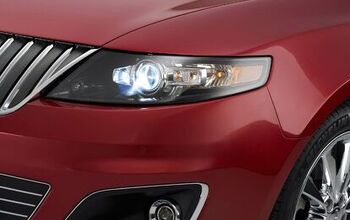


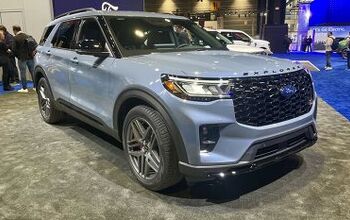
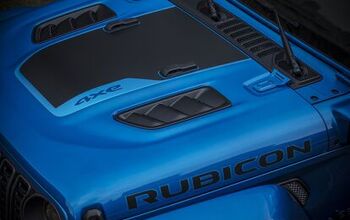
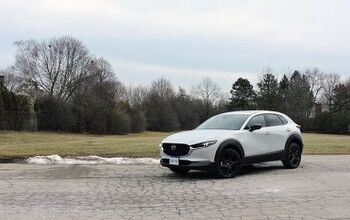




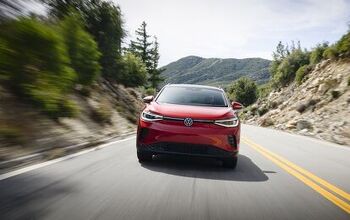
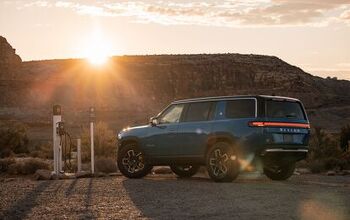


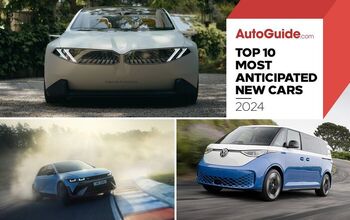
Comments
Join the conversation
I had high hopes for this vehicle and its refresh. Technology wise, it has met and even exceeded my expectations. The interior has been nicely refined. The rear end is gorgeous. However, the new front fascia makes me do a double take. It makes me ask Why, Lincoln? Why?! I do understand going back to your roots, but I honestly believe retro is not the way to go when it comes to newer vehicles. Iconic cars & muscle cars, however, are a completely different story. Yes, certain queues should be taken from those iconic models, but only when it will benefit the styling overall; not take away from it. Design language makes or breaks a vehicle and this new direction for Lincoln seems very controversial.